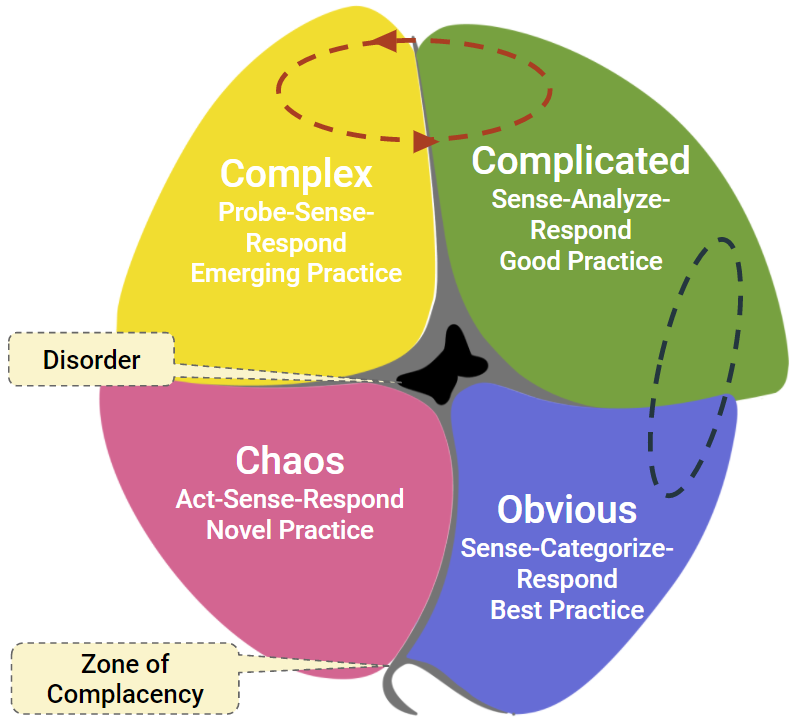In the world of nonprofit organizations, the pursuit of social impact and positive change is the driving force behind every action. These organizations often work tirelessly to address some of society’s most pressing issues, from poverty alleviation to environmental conservation. But as the challenges they face grow in complexity, nonprofits must also adapt and evolve their approaches to achieve their missions effectively. One such adaptation is the application of Agile principles, particularly Scrum, which has gained popularity in the tech industry but is equally relevant in the nonprofit sector.
Introduction: A Paradigm Shift for Nonprofits
Nonprofit organizations play a vital role in addressing the pressing social and environmental challenges of our time. Whether they are working to eradicate poverty, promote education, or protect the environment, nonprofits are committed to making the world a better place. However, the world is changing rapidly, and the traditional methods of nonprofit management are no longer sufficient to meet the demands of the 21st century.
In recent years, there has been a growing recognition that nonprofits can benefit from adopting Agile principles, particularly the Scrum framework, to enhance their project management and organizational effectiveness. In this blog post, we will explore how Scrum, a framework originally developed for software development, can be adapted and applied to the nonprofit sector, enabling organizations to achieve their social impact goals more efficiently and effectively.
The Agile Mindset: A Foundation for Change
Before delving into the specifics of Scrum, it’s essential to understand the Agile mindset that underpins this approach. Agile is a set of values and principles that prioritize individuals and interactions, working solutions, and customer collaboration over processes and tools. It encourages adaptability, flexibility, and a continuous improvement mindset.
For nonprofits, embracing the Agile mindset means being open to change and being willing to pivot when necessary. It involves valuing feedback from beneficiaries and stakeholders, fostering collaboration among team members, and continuously seeking ways to improve the impact of projects and programs.
Scrum: An Agile Framework for Nonprofits
Scrum is one of the most widely adopted Agile frameworks, known for its simplicity and adaptability. Originally developed for software development, Scrum has proven to be a valuable tool for various industries, including nonprofits.
At its core, Scrum is a framework for organizing and managing work. It revolves around the concept of “sprints,” which are time-boxed periods (usually two to four weeks) during which a team works on a defined set of tasks or projects. Scrum teams meet regularly to plan, review progress, and adapt to changing circumstances.
For nonprofits, the Scrum framework can be applied to a wide range of activities, from fundraising campaigns to community outreach programs. Here’s how nonprofits can benefit from Scrum:
Improved Collaboration: Scrum promotes collaboration among team members, breaking down silos and ensuring everyone is aligned towards a common goal. Nonprofits can use Scrum to bring together diverse skill sets and expertise to address complex issues effectively.
Increased Flexibility: In the nonprofit world, unexpected challenges are commonplace. Scrum’s adaptability allows organizations to respond quickly to changing circumstances, ensuring resources are allocated where they are most needed.
Enhanced Stakeholder Engagement: Scrum emphasizes continuous feedback and engagement with stakeholders. Nonprofits can use this approach to gather insights from beneficiaries, donors, and partners, leading to more informed decisions and program improvements.
Transparent Progress Tracking: Scrum provides a clear framework for tracking progress through tools like burndown charts and sprint reviews. Nonprofits can use these tools to demonstrate their impact to donors and supporters, increasing transparency and accountability.
Implementing Scrum in a Nonprofit Setting
While the principles of Scrum remain consistent, the way they are applied in a nonprofit setting may differ from traditional software development. Here are some key considerations when implementing Scrum in a nonprofit organization:
Define Clear Goals: Nonprofits should start by defining clear and measurable social impact goals. These goals will guide the prioritization of projects and tasks within the Scrum framework.
Adapt the Process: Scrum ceremonies, such as sprint planning and retrospectives, may need to be adapted to suit the unique needs of nonprofit projects. For example, retrospectives can include discussions about the social impact achieved and lessons learned.
Engage Stakeholders: In nonprofits, stakeholders often include beneficiaries, donors, volunteers, and partners. Engaging these stakeholders throughout the Scrum process is crucial to ensure that the organization remains aligned with its mission.
Embrace Transparency: Nonprofits should embrace transparency not only in their project management but also in their financial reporting. Transparency builds trust with donors and supporters and ensures resources are used effectively.
Continuous Learning: The nonprofit sector is constantly evolving, and nonprofits should be committed to continuous learning and improvement. Scrum’s iterative approach aligns well with this commitment to growth and adaptability.
Conclusion: Driving Social Impact with Scrum
In a rapidly changing world, nonprofits must adapt and evolve to maximize their social impact. The Agile principles embodied by Scrum offer a promising framework for nonprofits to enhance their effectiveness, increase collaboration, and ultimately drive meaningful change.
By embracing the Agile mindset and implementing Scrum in their operations, nonprofit organizations can become more adaptable, transparent, and responsive to the needs of their beneficiaries and stakeholders. In doing so, they can amplify their impact and make a significant difference in the communities they serve.
As nonprofit organizations continue to face complex challenges, the adoption of Scrum represents a paradigm shift—one that empowers nonprofits to achieve their missions more effectively and create lasting social change.
In the journey toward a better world, Scrum is not just a framework; it’s a powerful tool for transformation.



